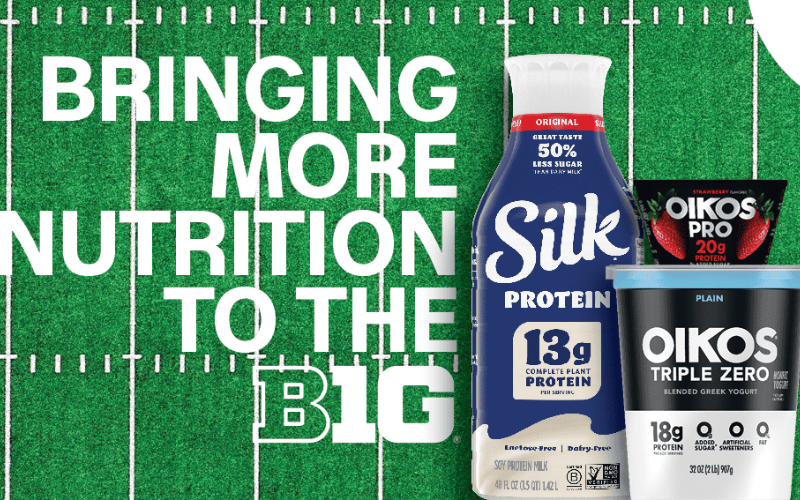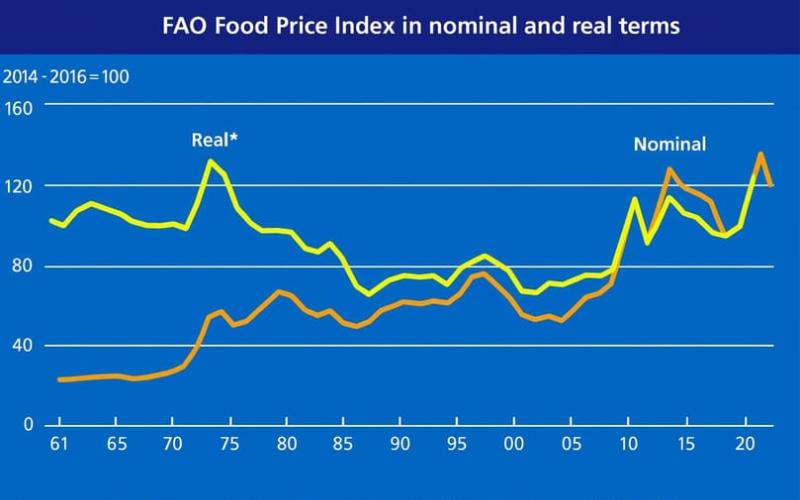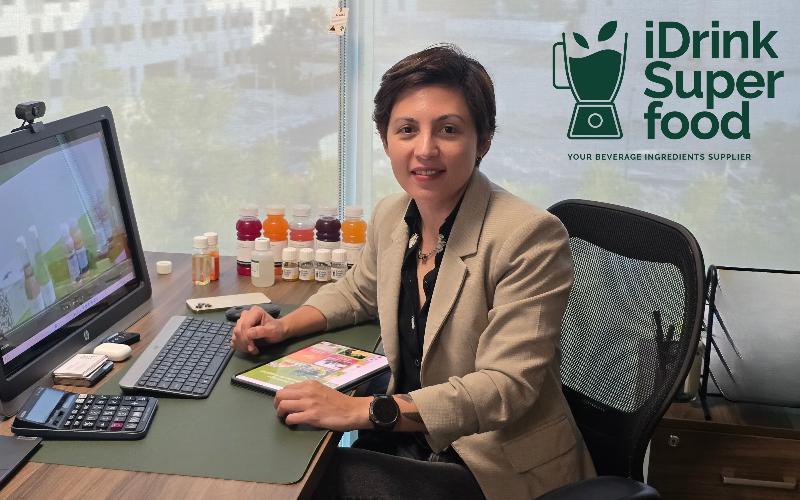Enhancing Dairy Consumption: Educational Initiatives Prove Effective in Driving Consumer Choices
Source: The DairyNews
The decline in fluid milk consumption among US consumers since the 1960s prompted the US dairy sector to take proactive measures. In response, educational materials were meticulously developed to inform and engage consumers through diverse channels such as infographics, TV and print ads, and social media.

A recent study published in JDS Communications, by the American Dairy Science Association and Elsevier, sheds light on the effectiveness of these initiatives in influencing consumer behavior.
Lead investigator Stephanie Clark, PhD, formerly of the Department of Food Science and Human Nutrition at Iowa State University, spearheaded a comprehensive study aimed at educating individuals with insufficient dairy intake. The study unfolded in three phases: a screening survey, nominal focus groups, and a final follow-up survey involving voluntary adult participants.
To convey essential information about dairy nutrition, four infographics were designed covering topics such as nutrition facts panels, lactose maldigestion, nine essential nutrients, and prebiotics and probiotics. These infographics served as educational tools during nominal focus groups.
Nominal Focus Groups:
In a departure from traditional focus groups, the nominal format minimized interactions between participants, emphasizing efficient delivery of educational content. Participants underwent pre-surveys, engaged in an infographics lesson, and participated in an ice cream acceptability test. Post-surveys and a follow-up survey one month later gauged the lasting impact.
Key Findings:
The study revealed a significant and positive effect on dairy product purchasing and consumption. Participants showed a 26% increase in average dairy product purchasing, reaching 4.4 servings per week. Consumption of individual dairy products also witnessed notable growth, including a 53% increase in milk consumption. Overall, participant dairy consumption rose by 35%, totaling eight servings per week.
Implications and Recommendations:
Despite these positive outcomes, participants fell short of the recommended 21 servings of dairy per week. The researchers emphasized the need for further investigation into the long-term impacts of education on dairy in the diet. They also highlighted the potential for improvements in educational materials or delivery methods to enhance their impact.
As the dairy industry continues its efforts to educate and engage consumers, this research provides valuable insights into driving increased purchasing and consumption of dairy products.
Lead investigator Stephanie Clark, PhD, formerly of the Department of Food Science and Human Nutrition at Iowa State University, spearheaded a comprehensive study aimed at educating individuals with insufficient dairy intake. The study unfolded in three phases: a screening survey, nominal focus groups, and a final follow-up survey involving voluntary adult participants.
To convey essential information about dairy nutrition, four infographics were designed covering topics such as nutrition facts panels, lactose maldigestion, nine essential nutrients, and prebiotics and probiotics. These infographics served as educational tools during nominal focus groups.
Nominal Focus Groups:
In a departure from traditional focus groups, the nominal format minimized interactions between participants, emphasizing efficient delivery of educational content. Participants underwent pre-surveys, engaged in an infographics lesson, and participated in an ice cream acceptability test. Post-surveys and a follow-up survey one month later gauged the lasting impact.
Key Findings:
The study revealed a significant and positive effect on dairy product purchasing and consumption. Participants showed a 26% increase in average dairy product purchasing, reaching 4.4 servings per week. Consumption of individual dairy products also witnessed notable growth, including a 53% increase in milk consumption. Overall, participant dairy consumption rose by 35%, totaling eight servings per week.
Implications and Recommendations:
Despite these positive outcomes, participants fell short of the recommended 21 servings of dairy per week. The researchers emphasized the need for further investigation into the long-term impacts of education on dairy in the diet. They also highlighted the potential for improvements in educational materials or delivery methods to enhance their impact.
As the dairy industry continues its efforts to educate and engage consumers, this research provides valuable insights into driving increased purchasing and consumption of dairy products.
Key News of the Week











